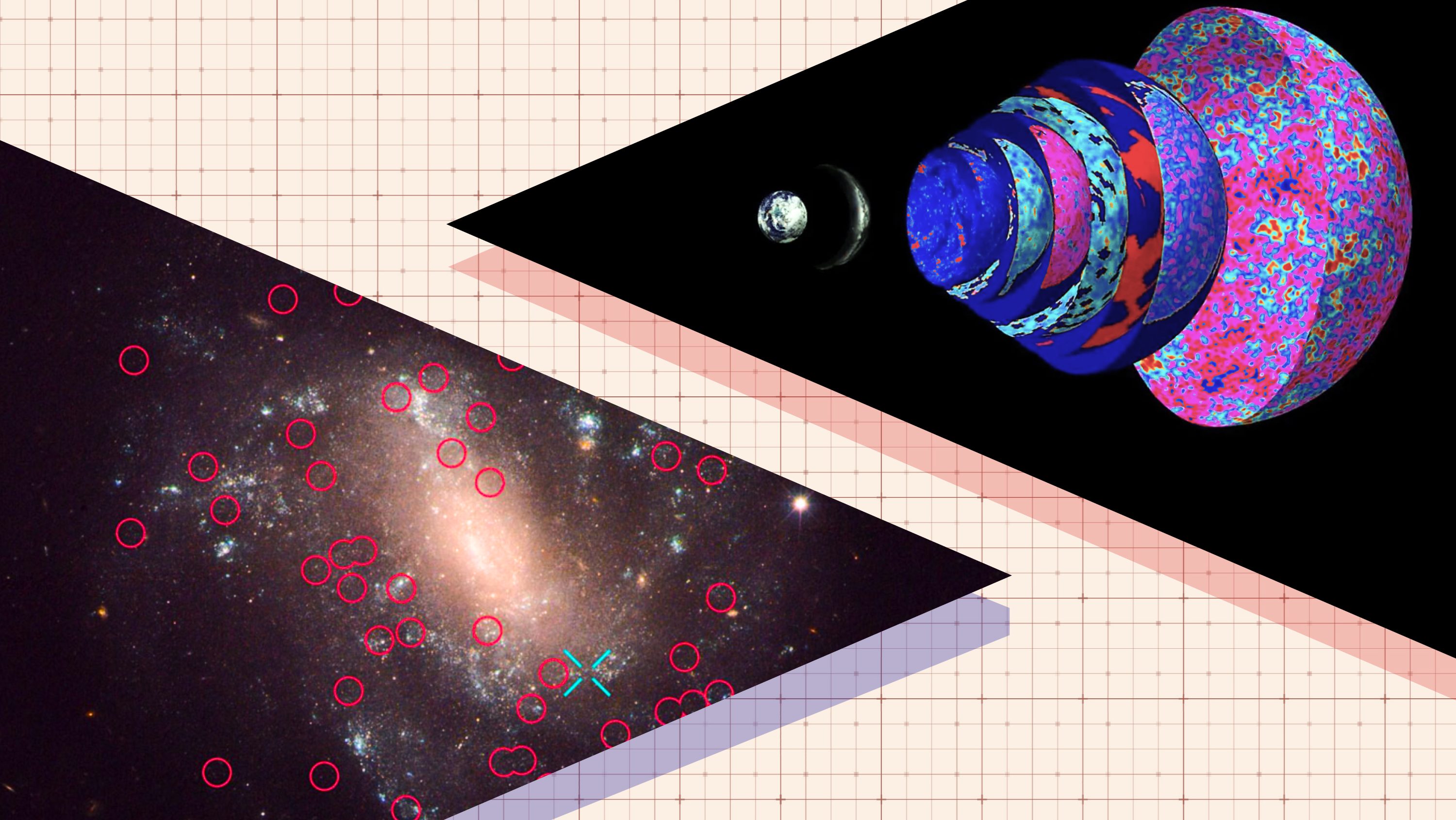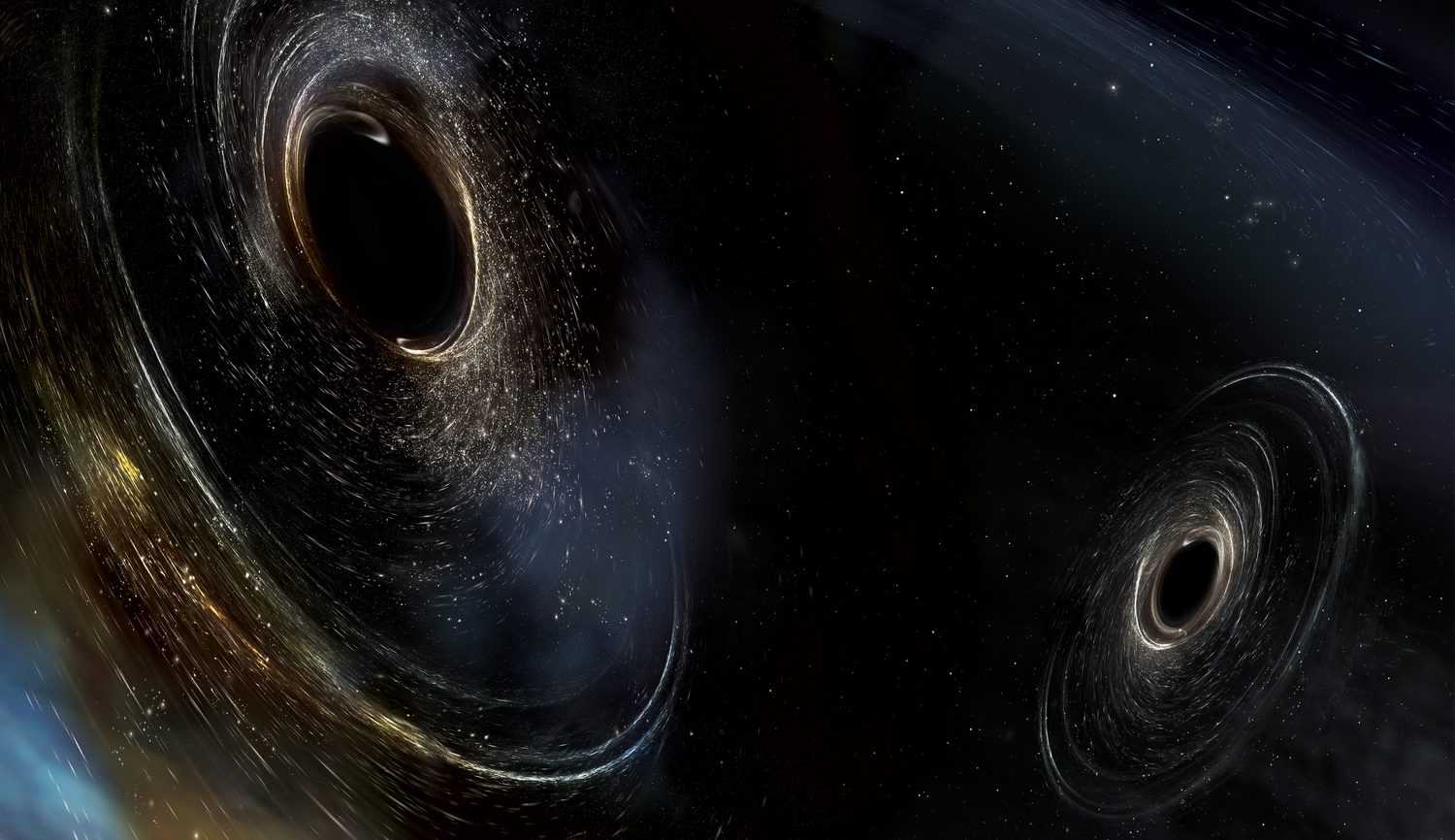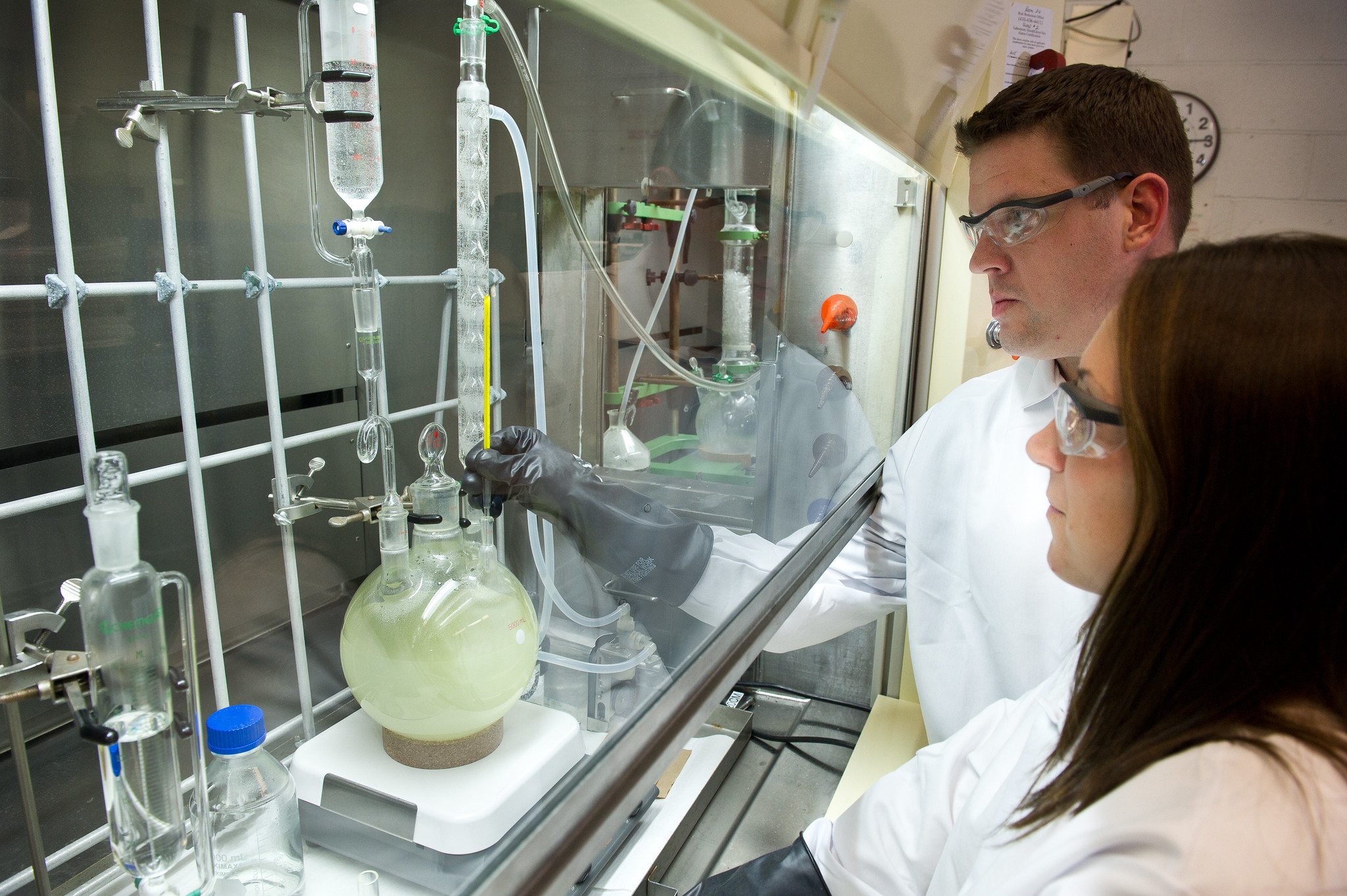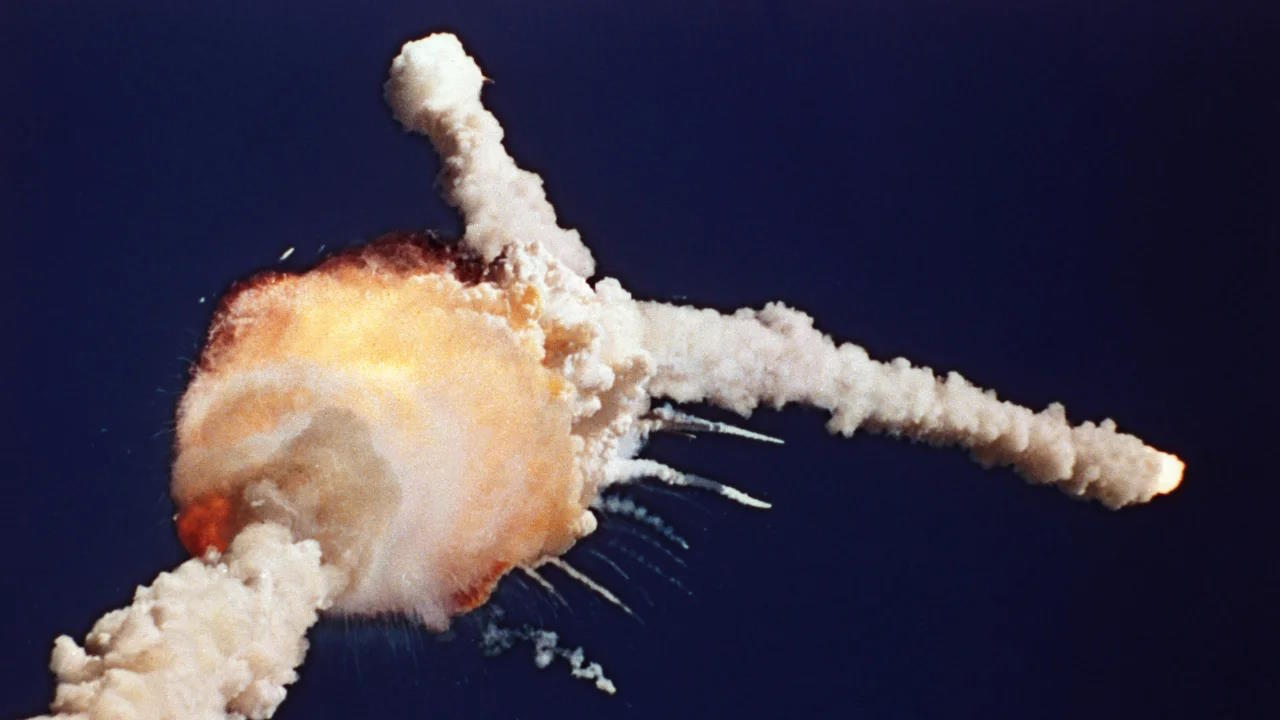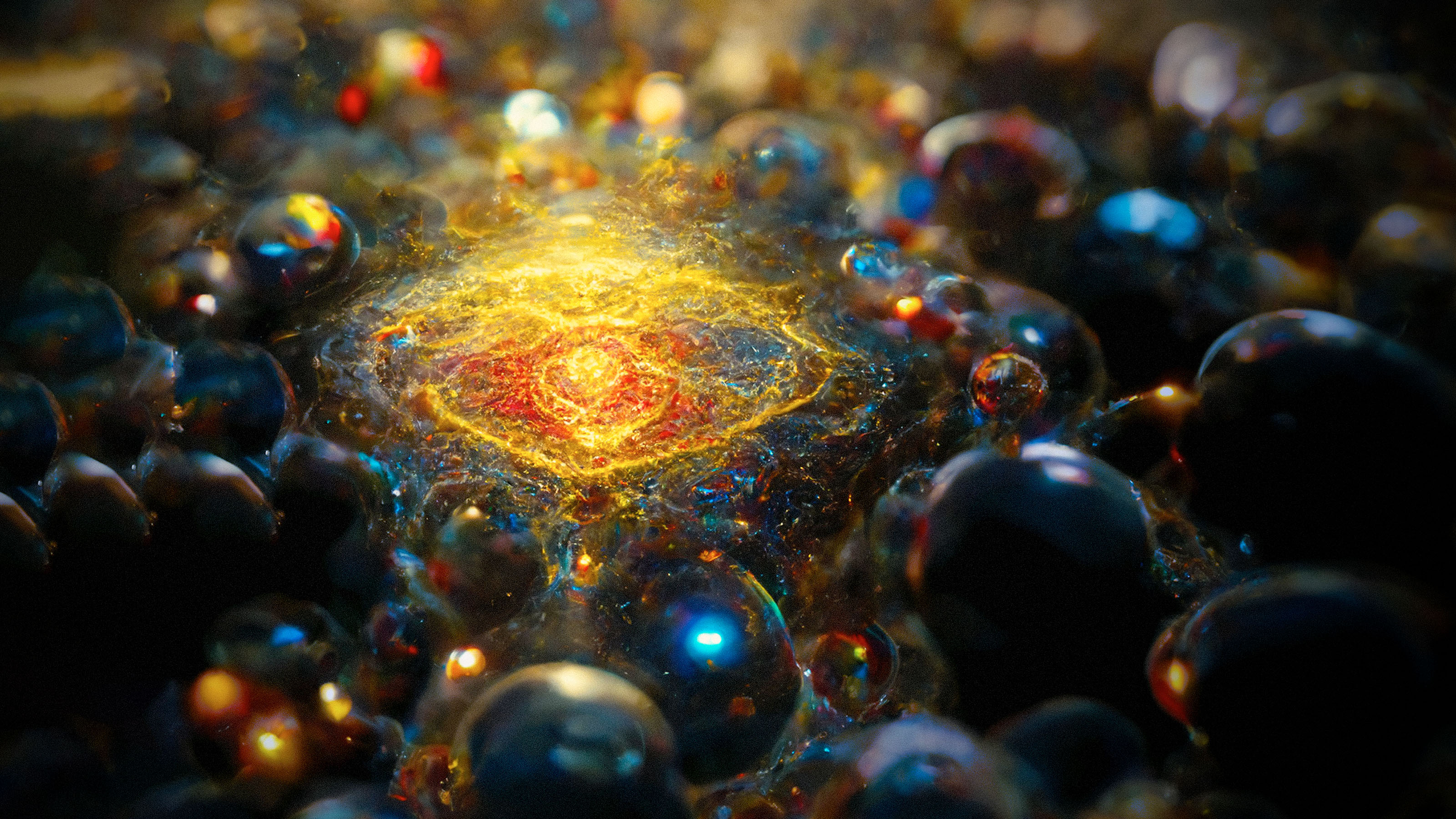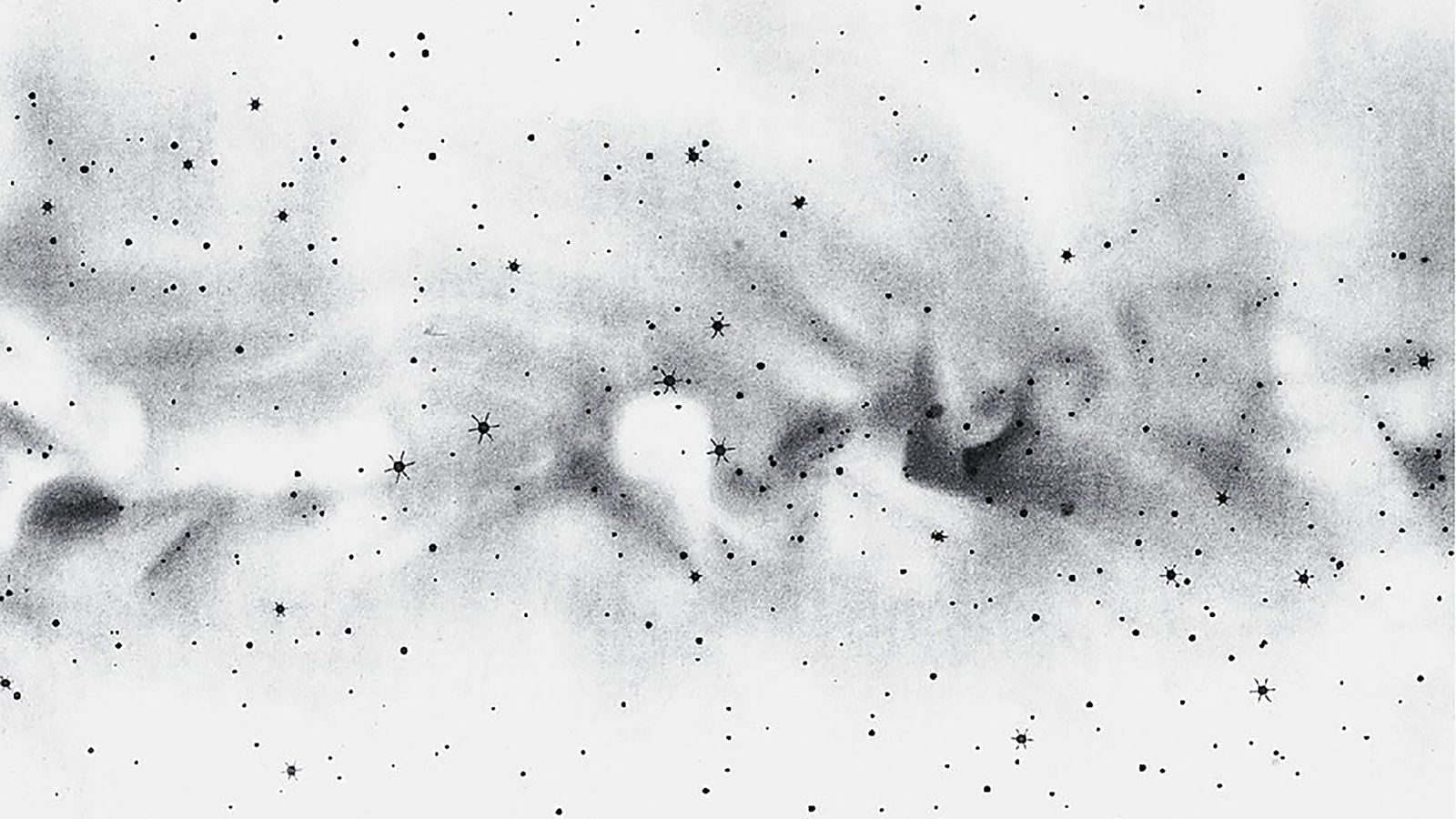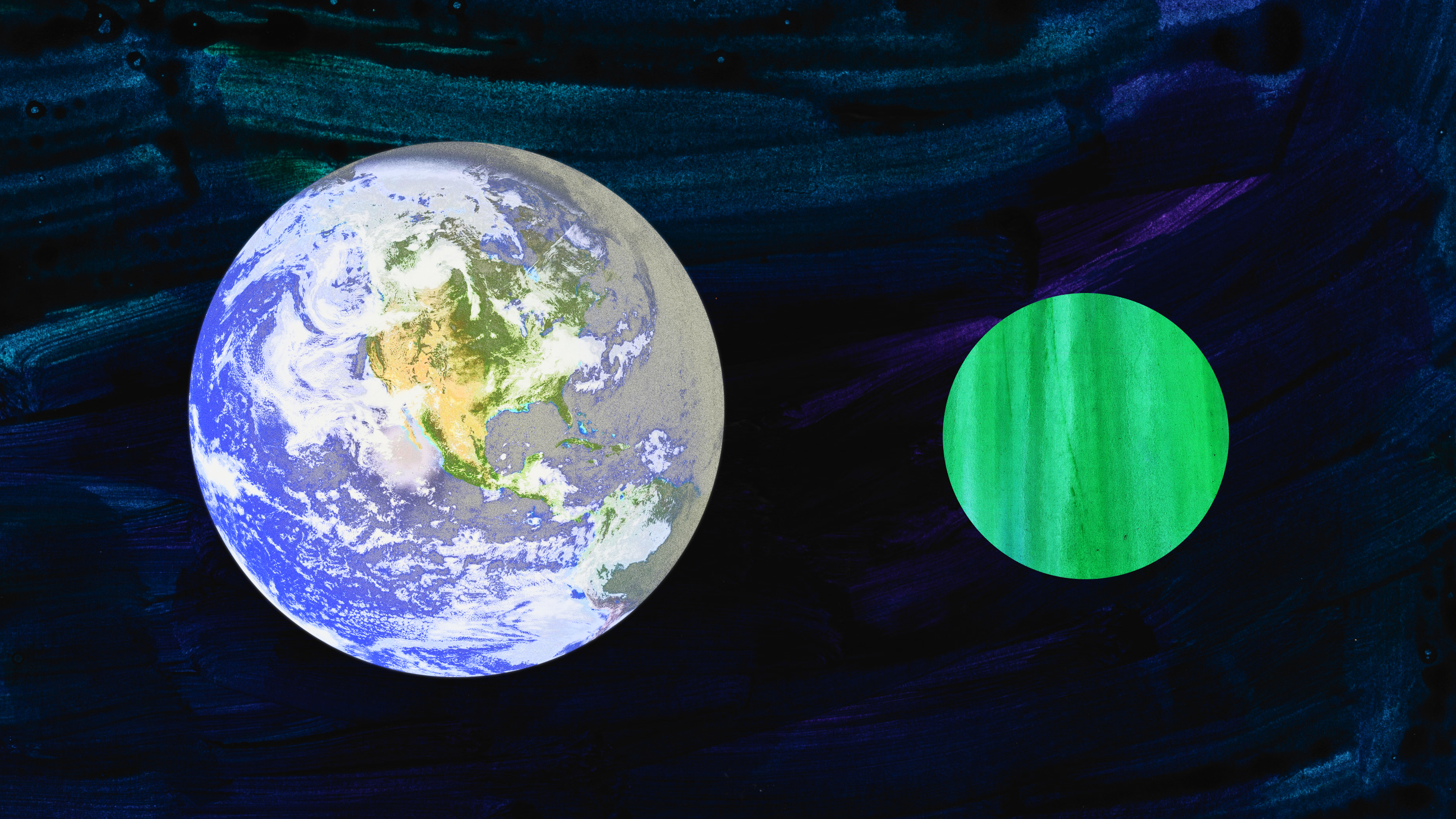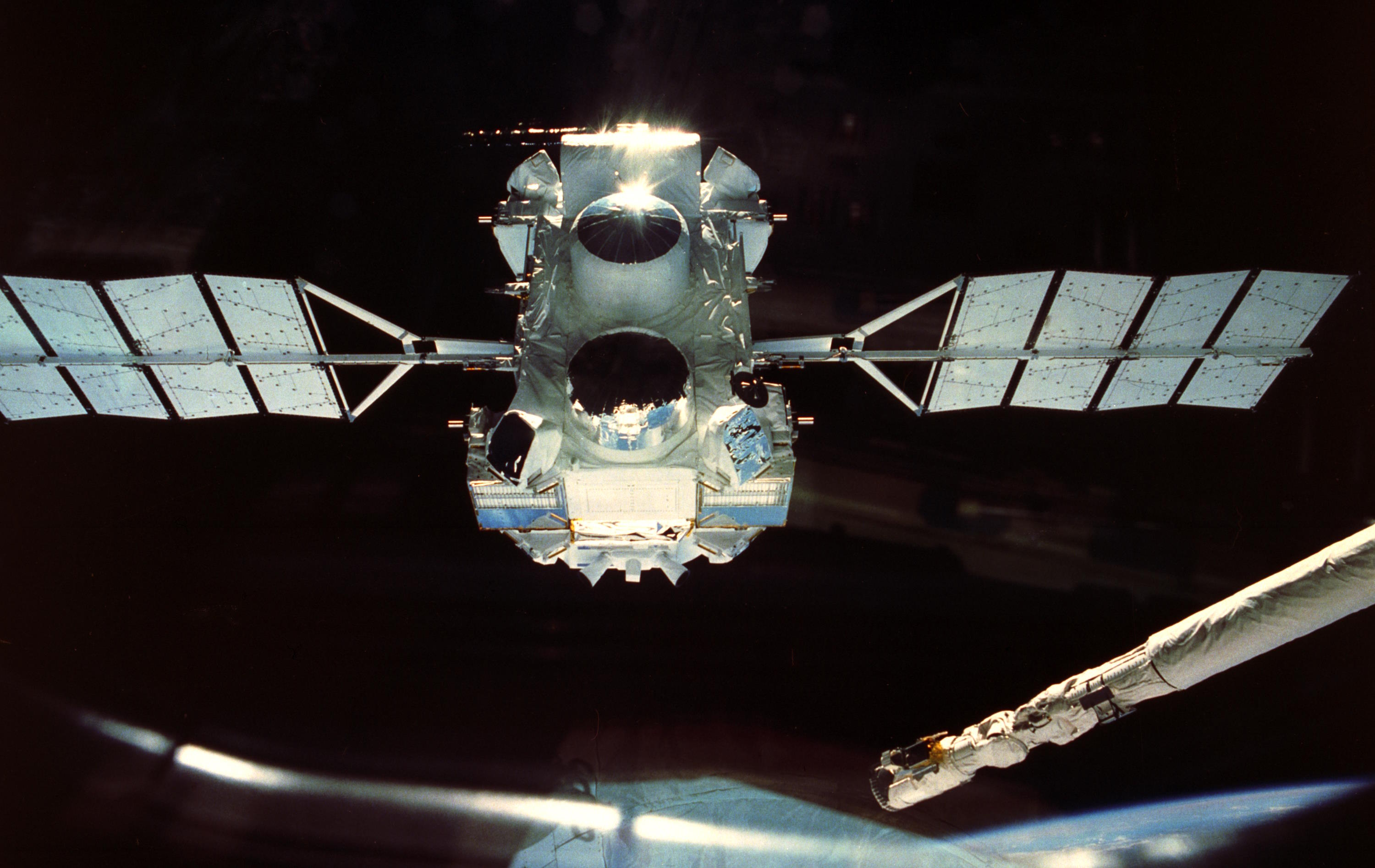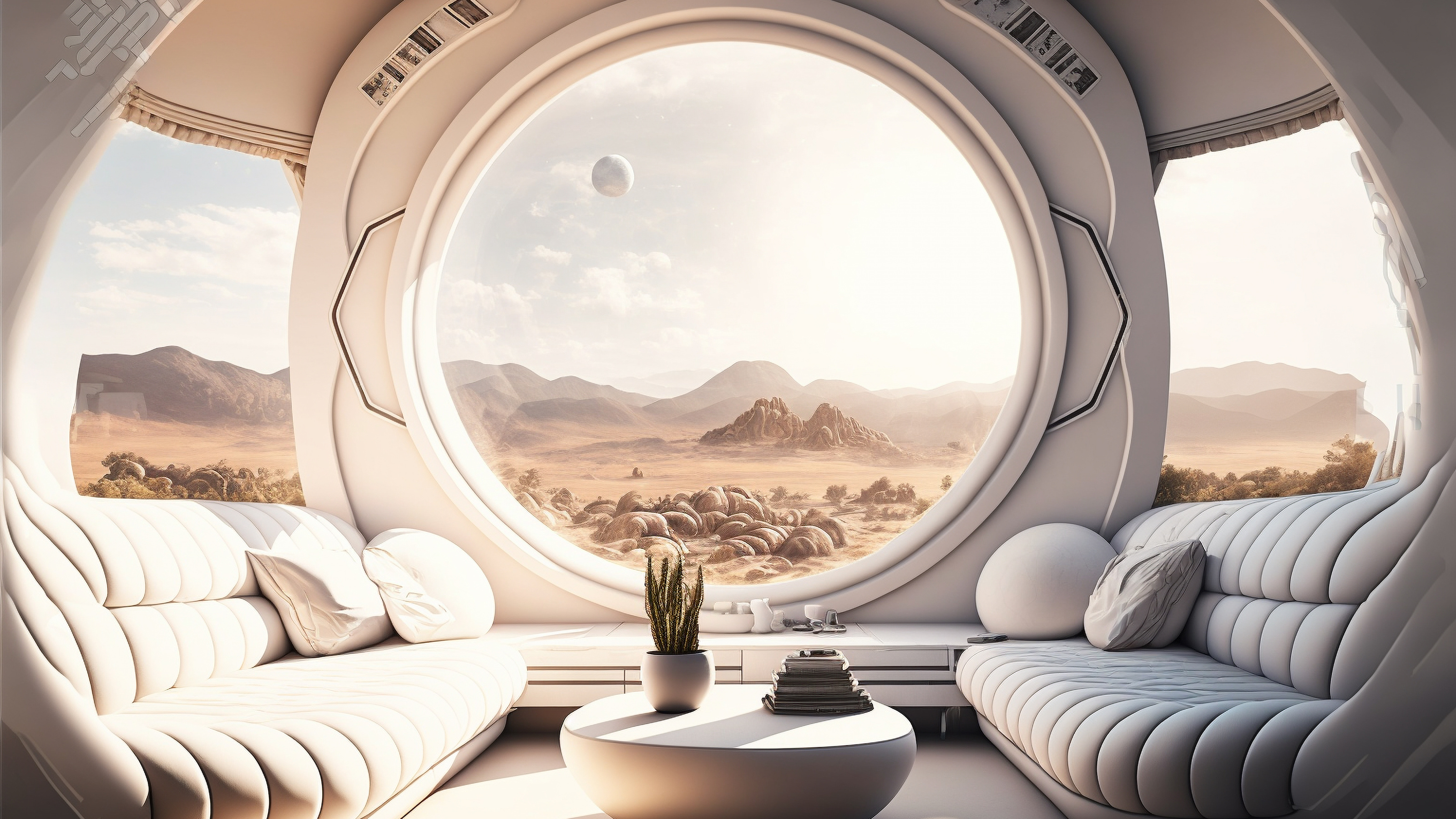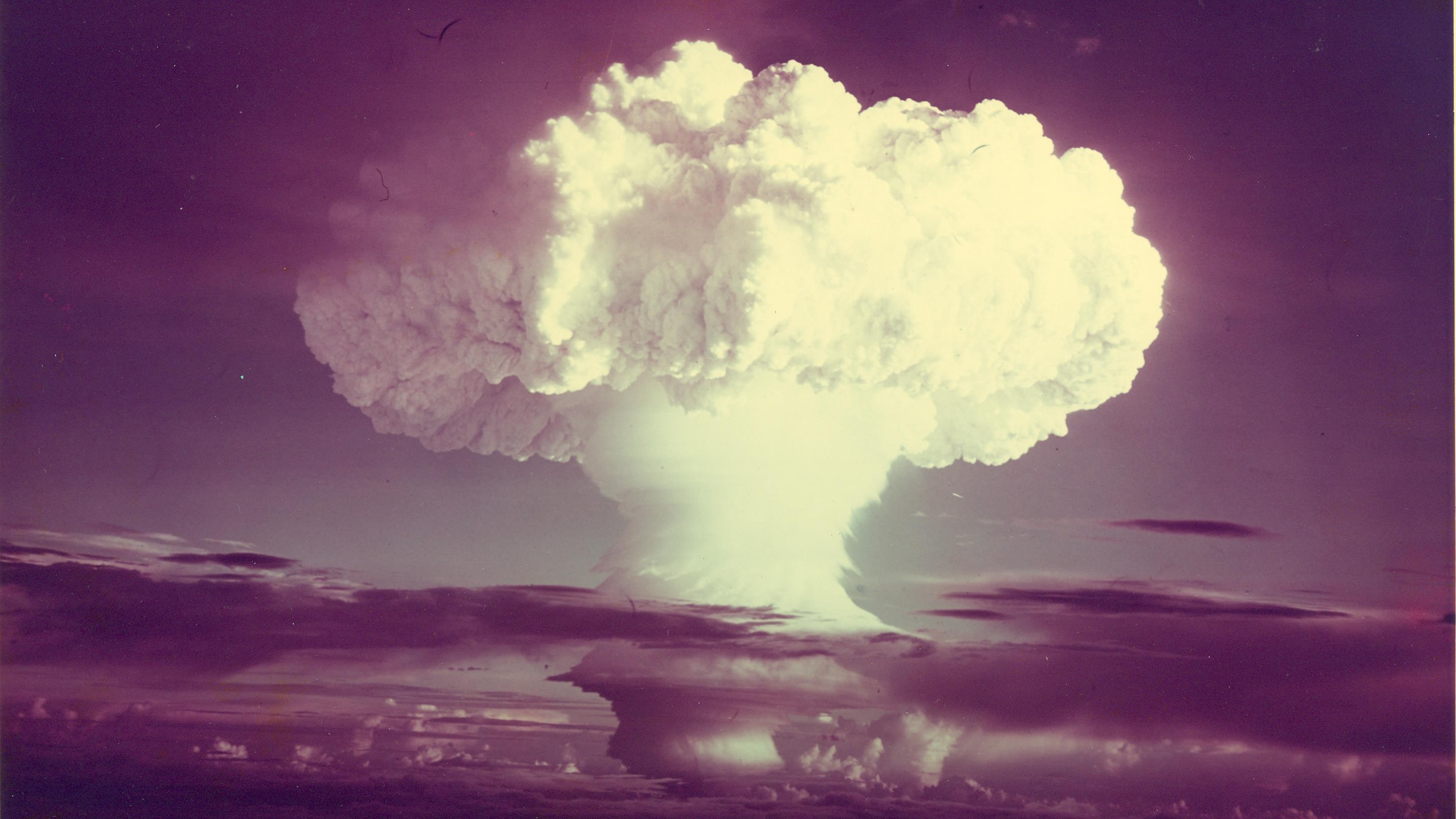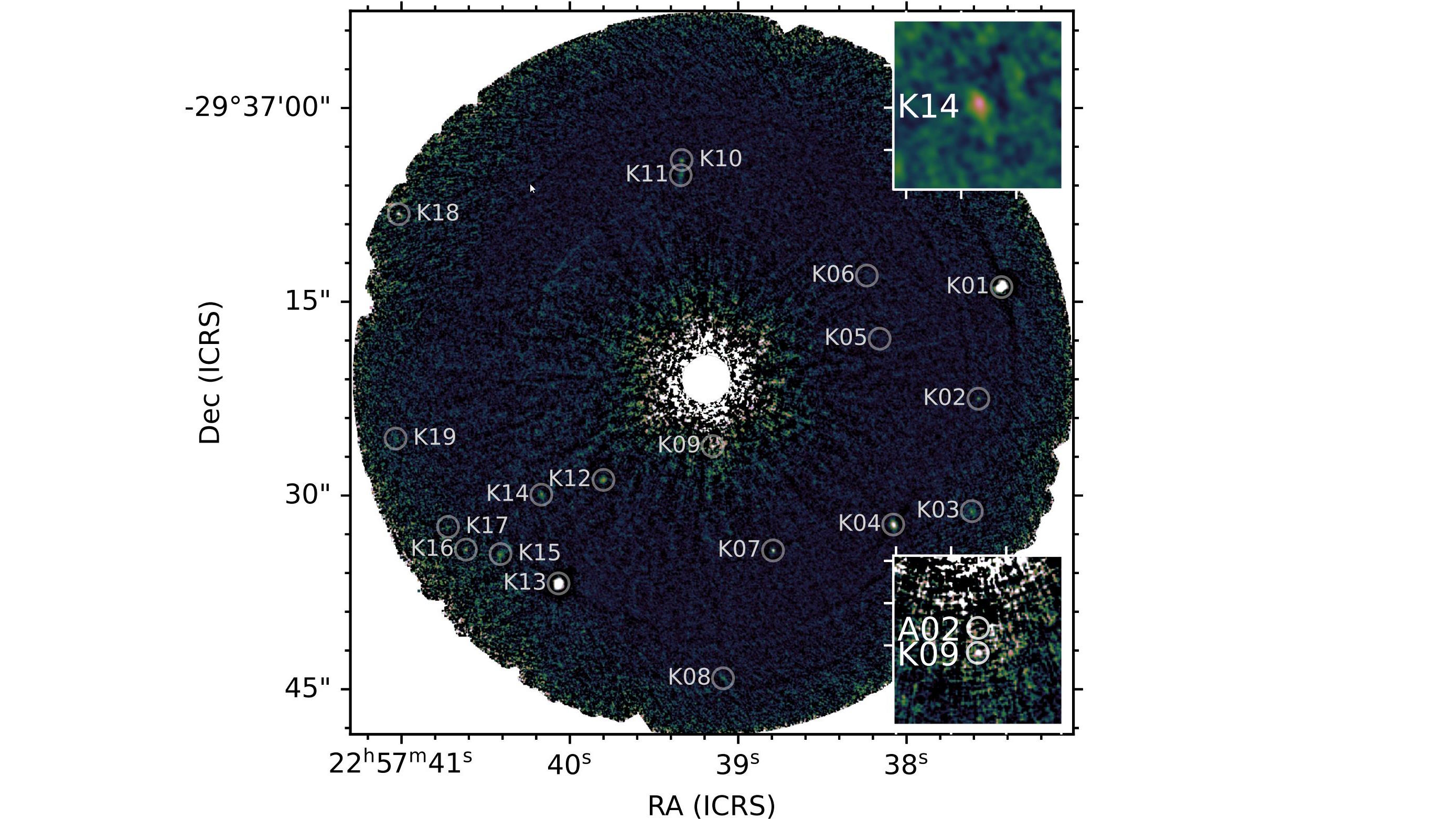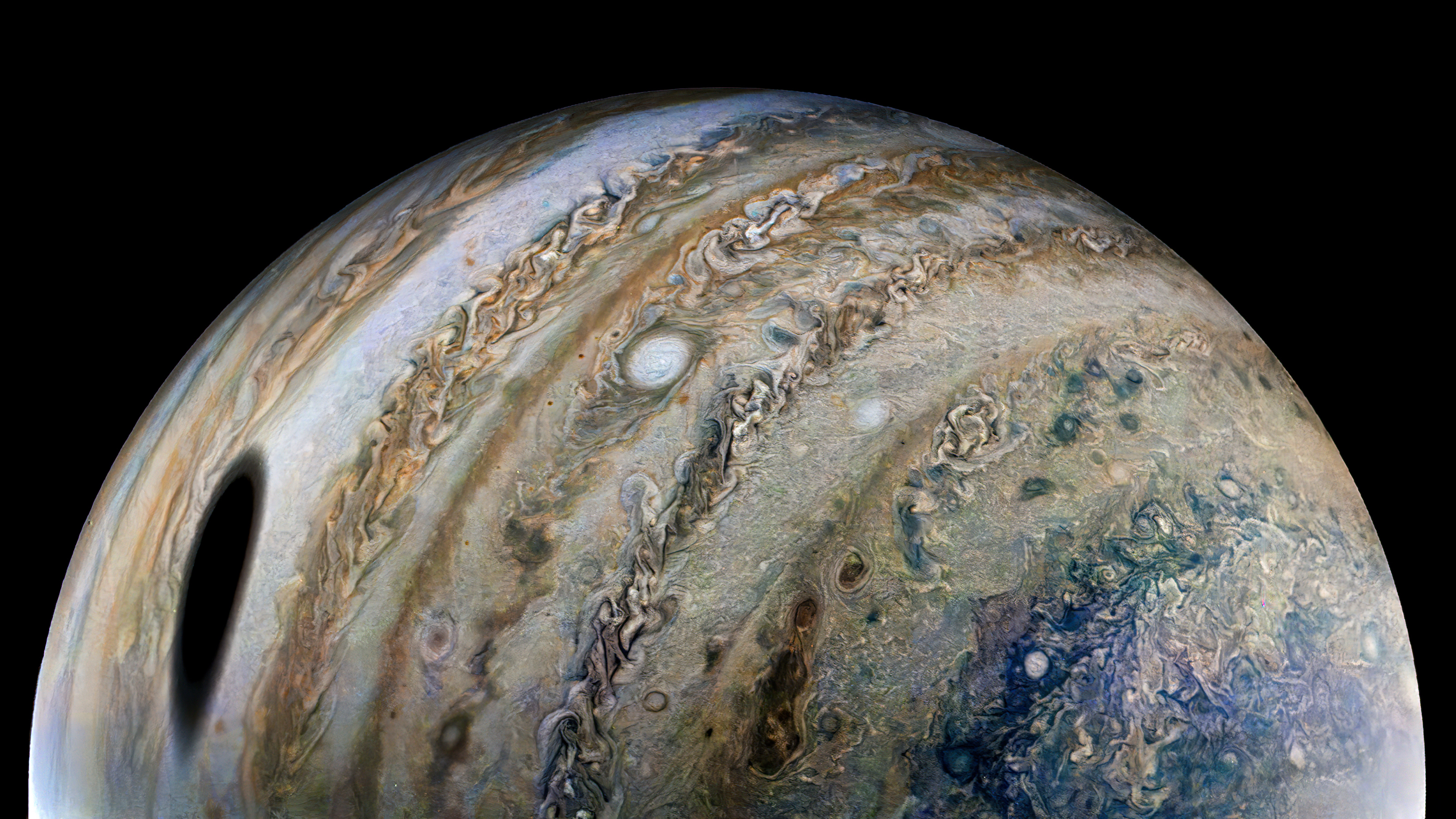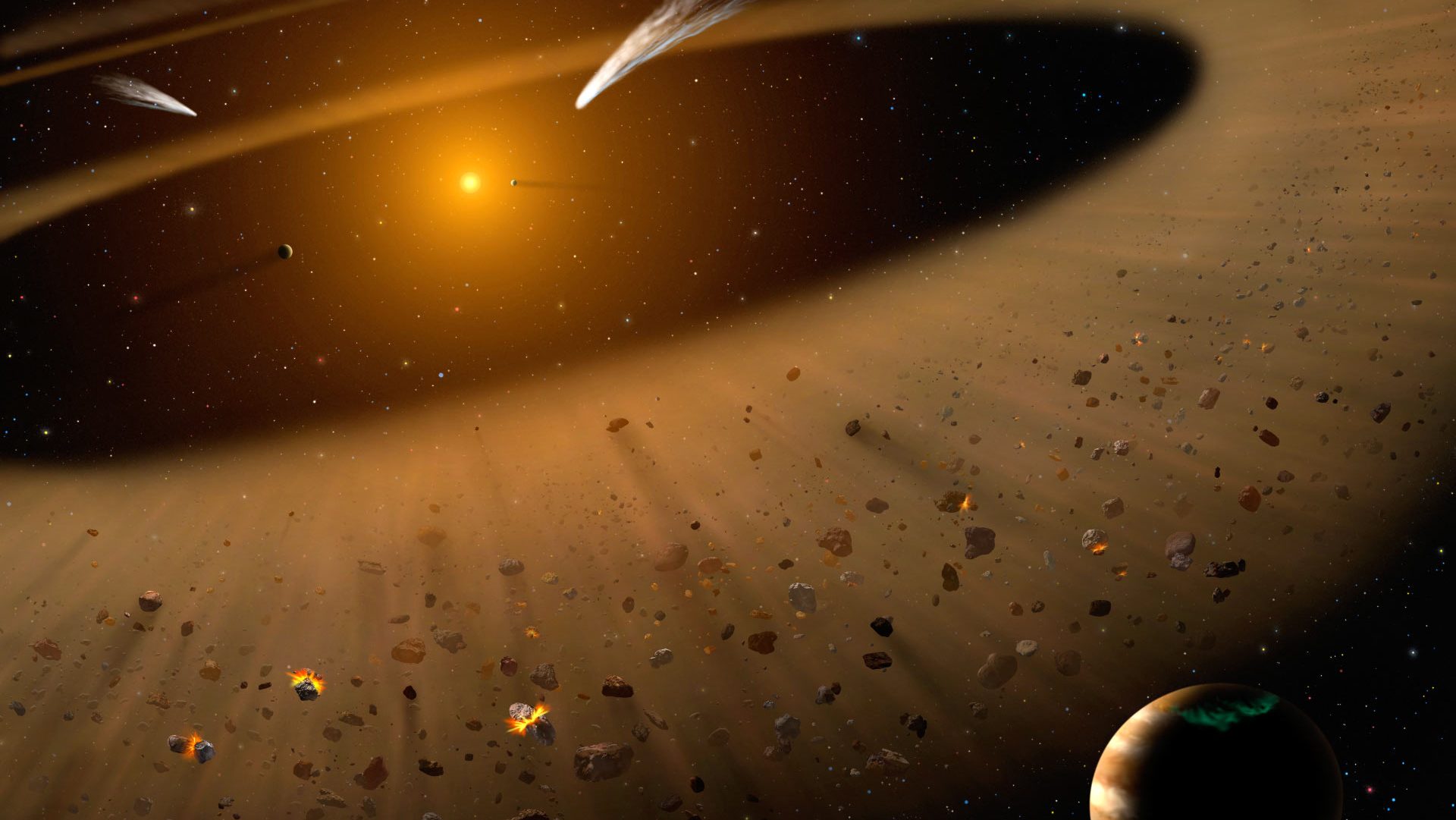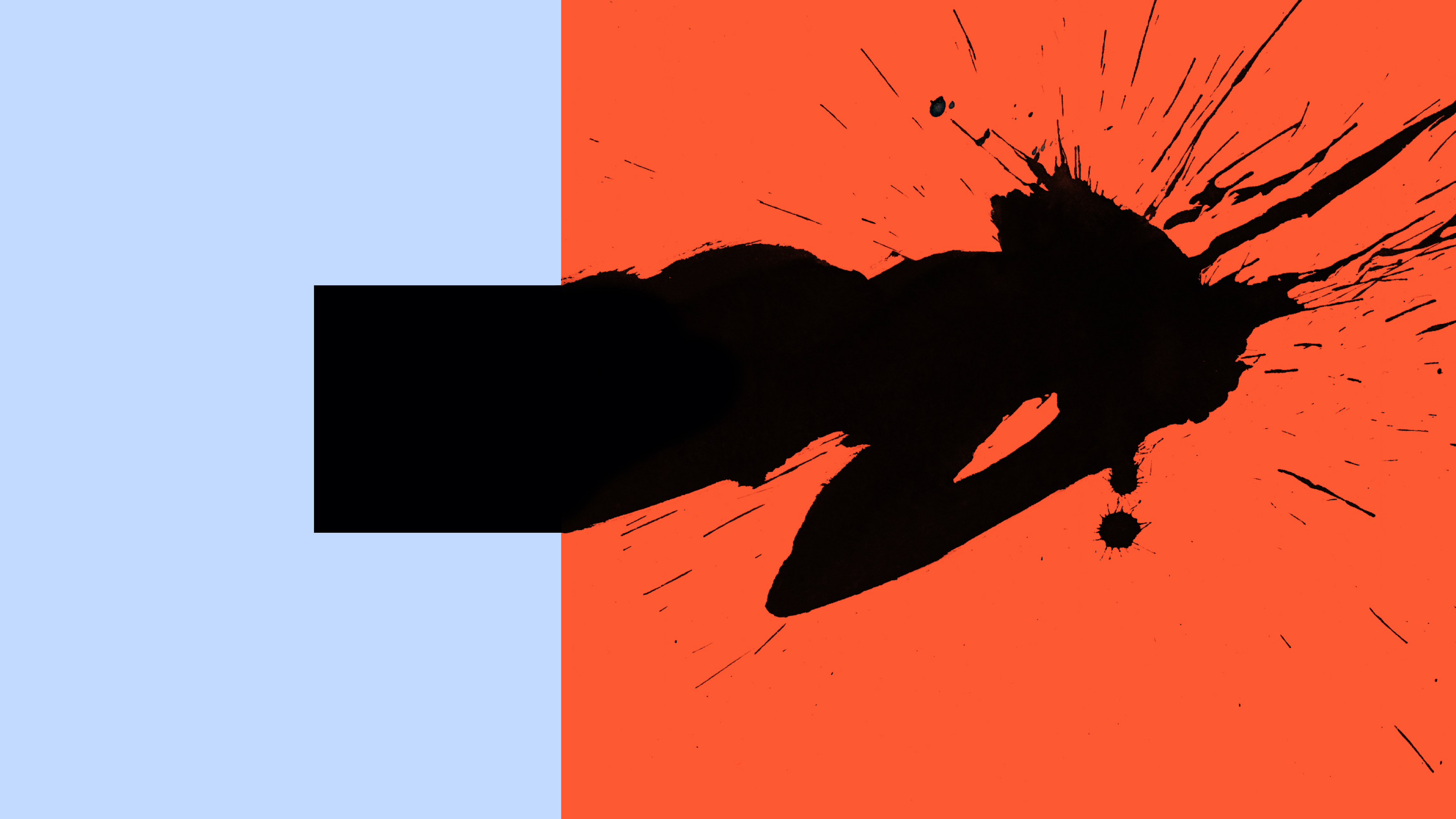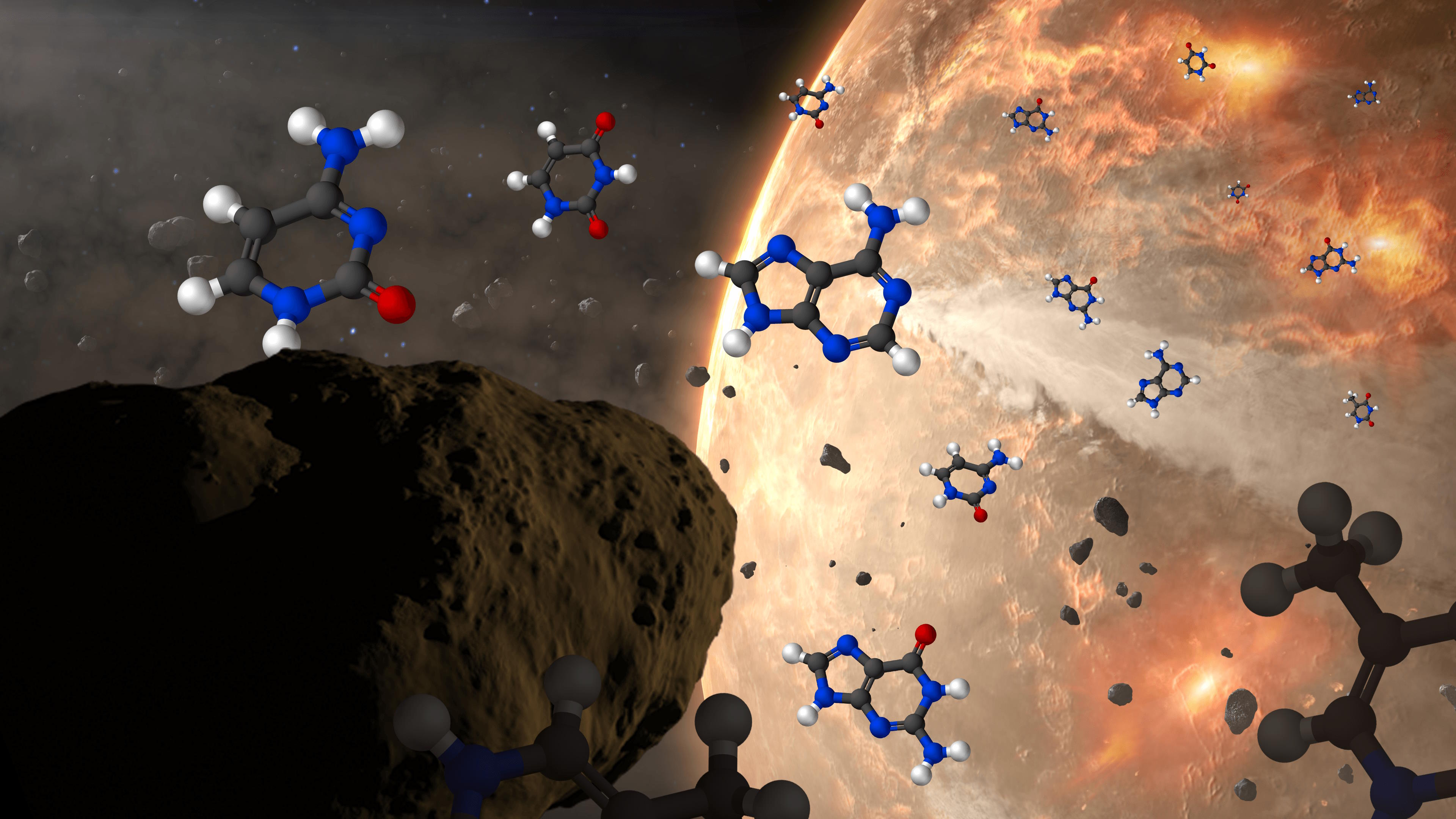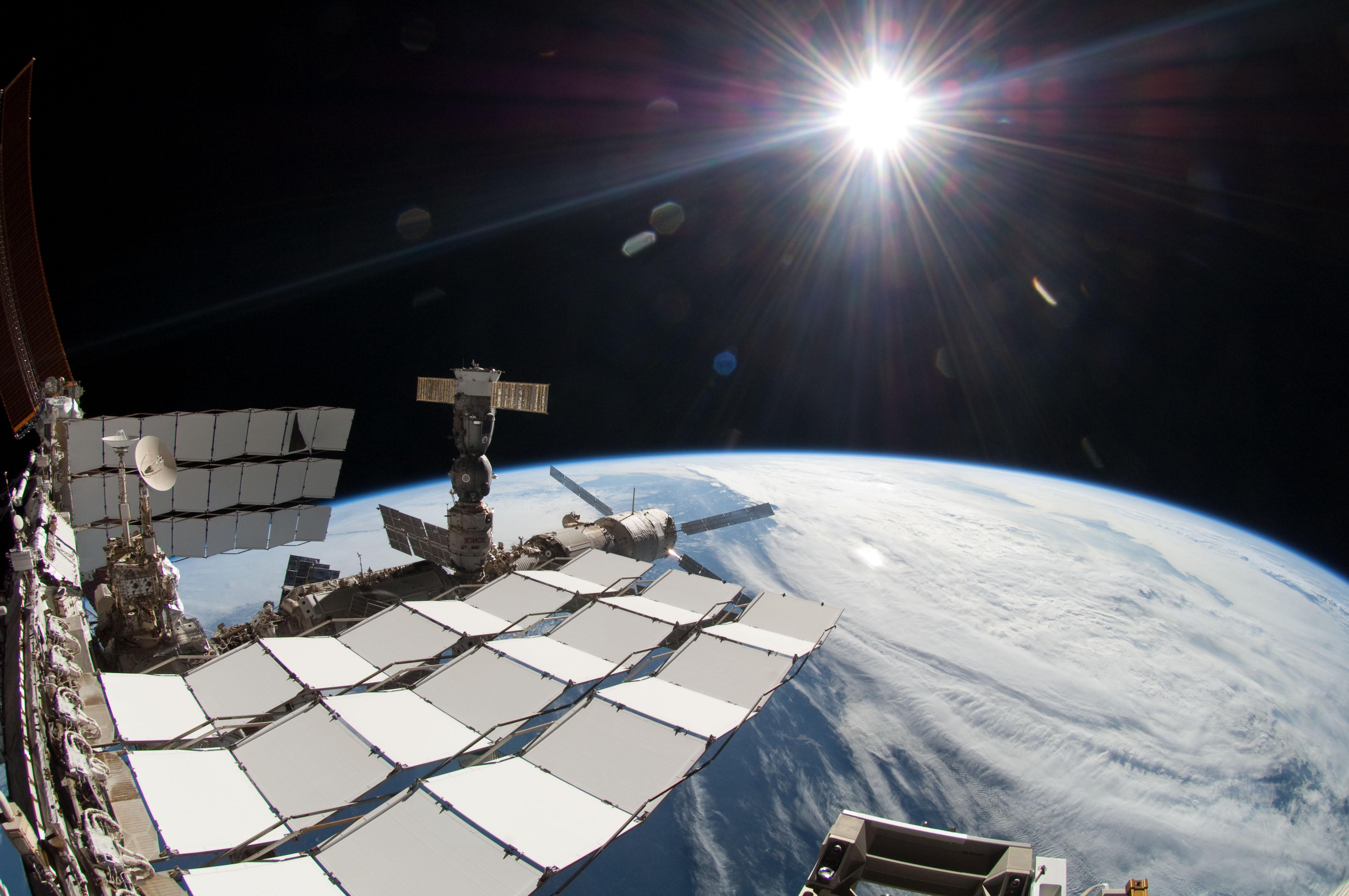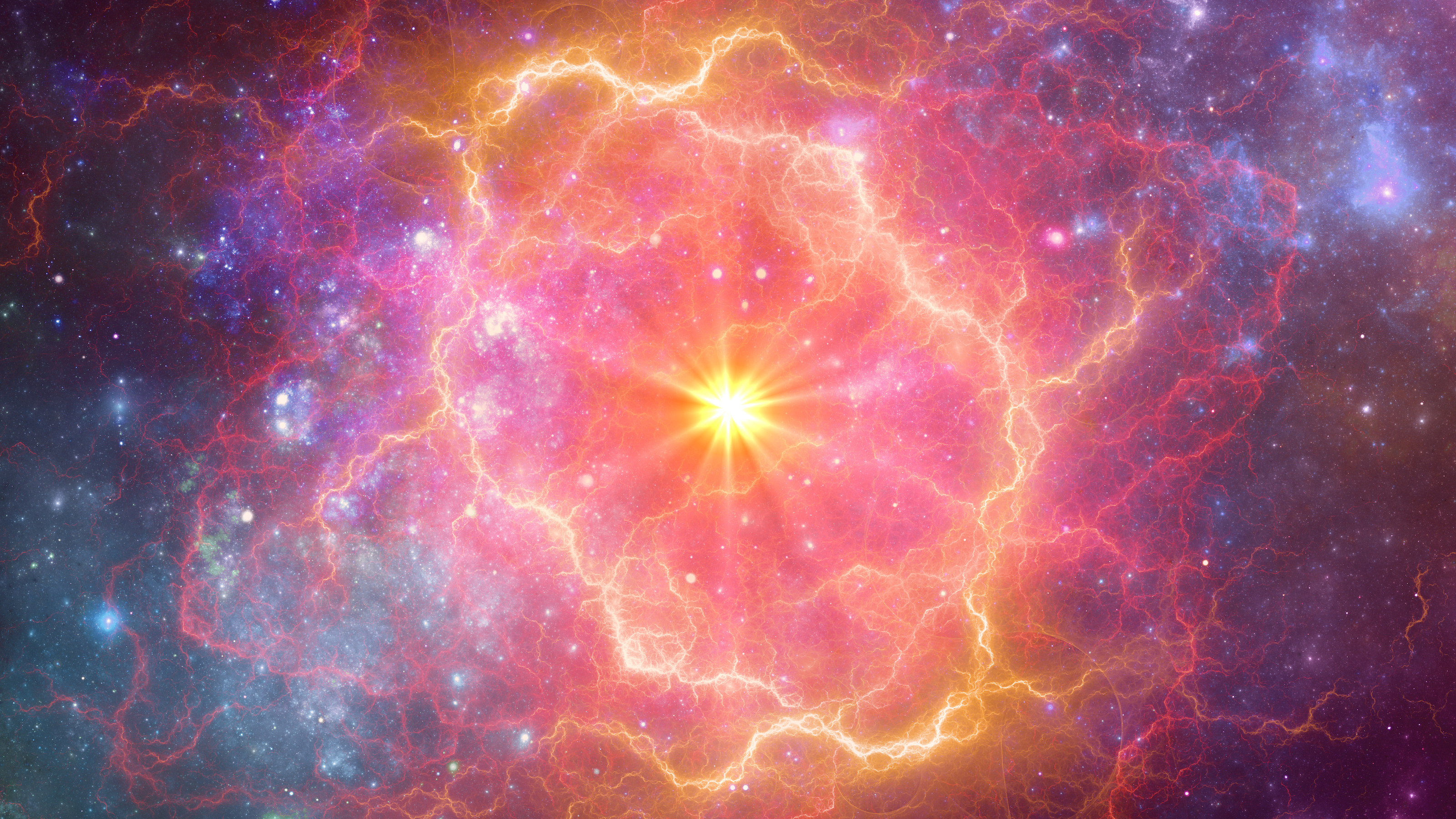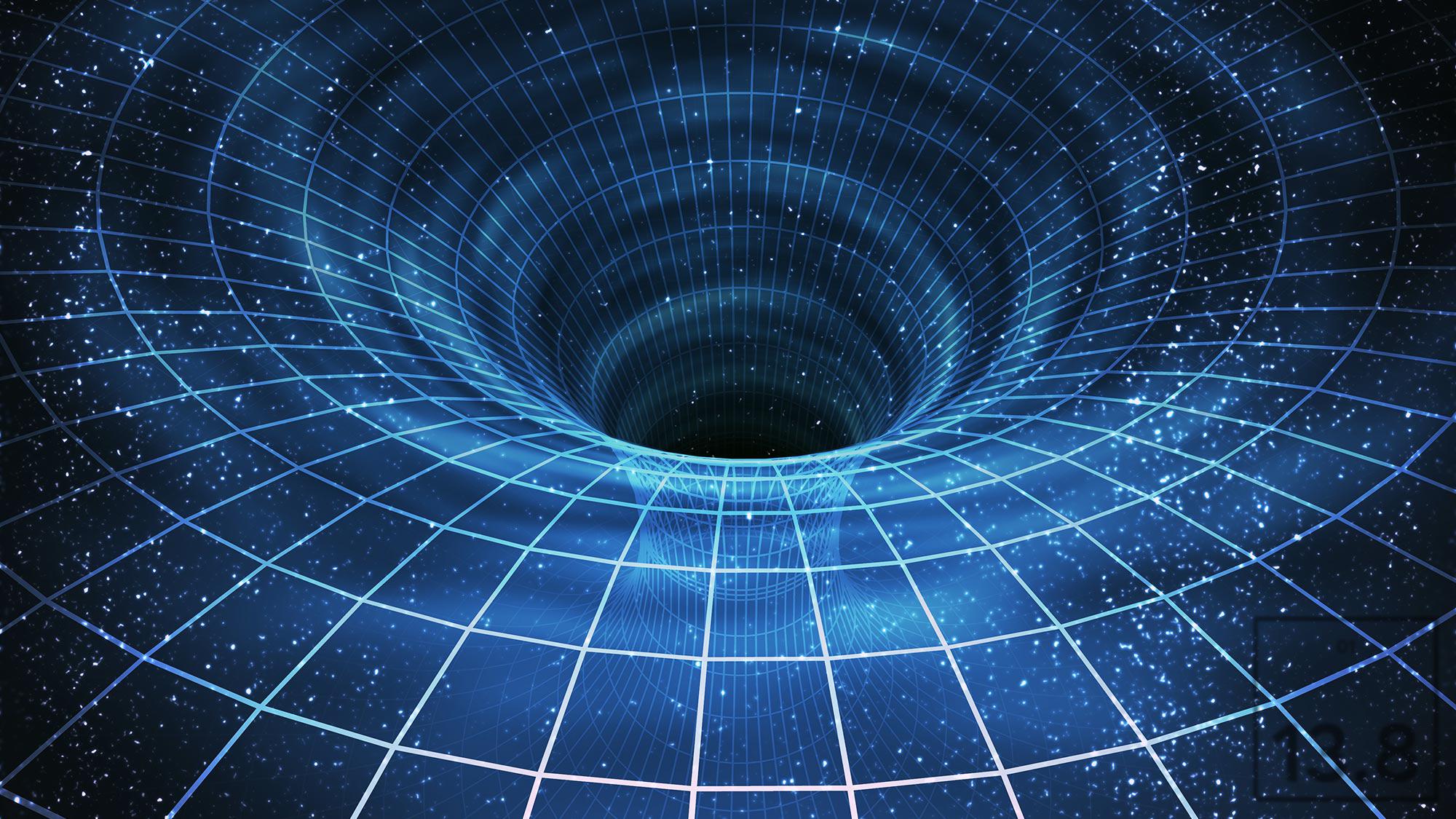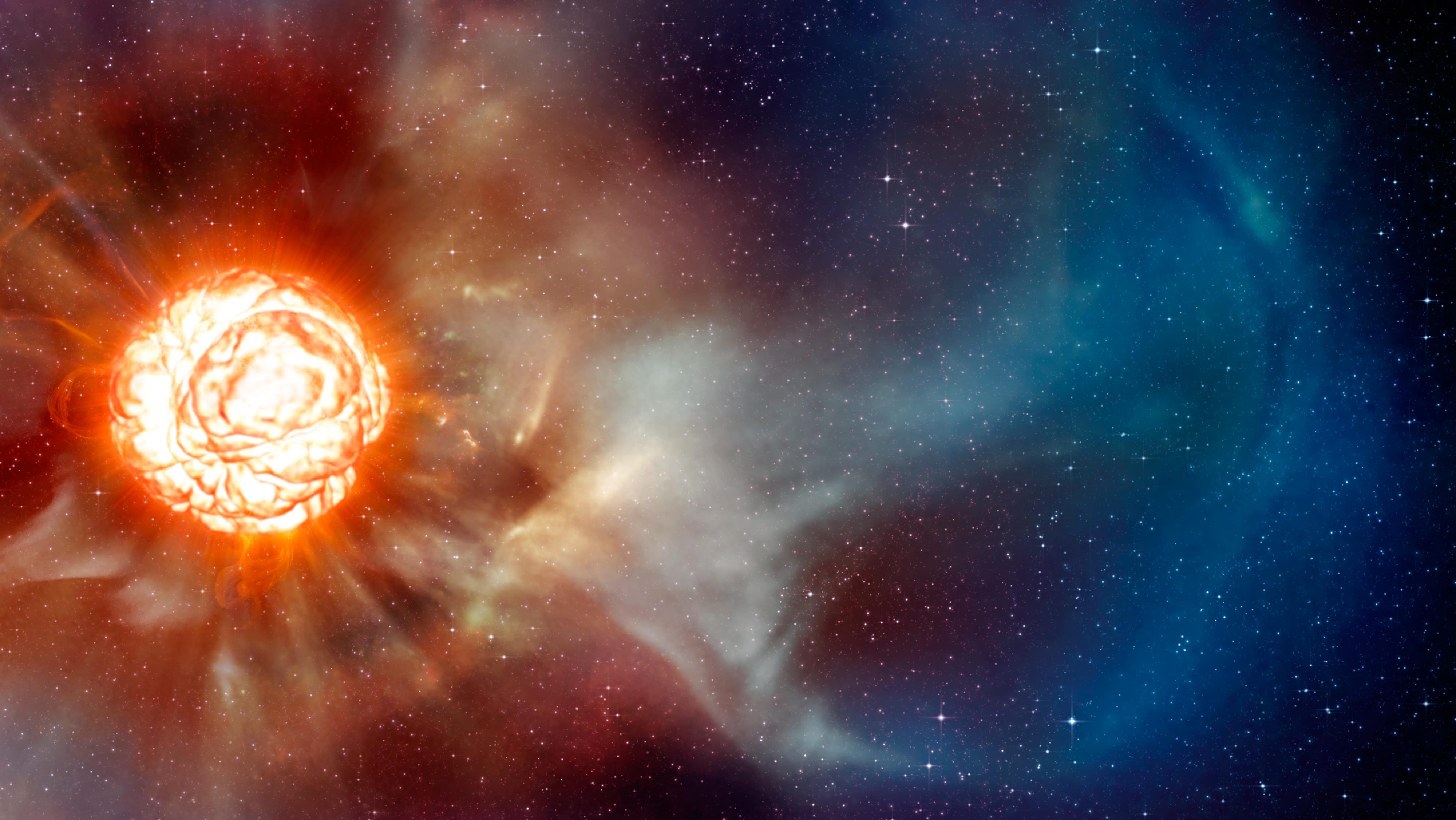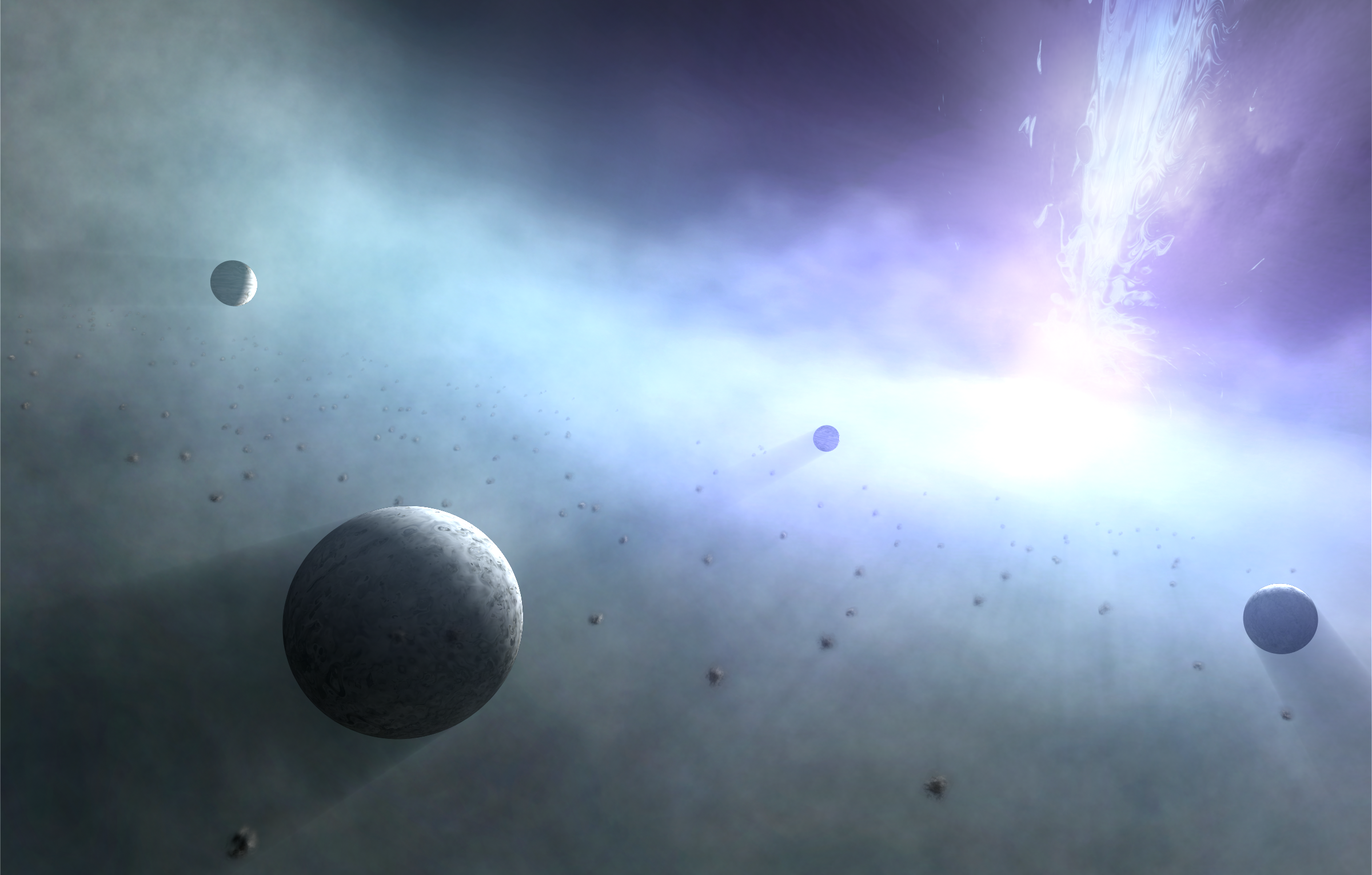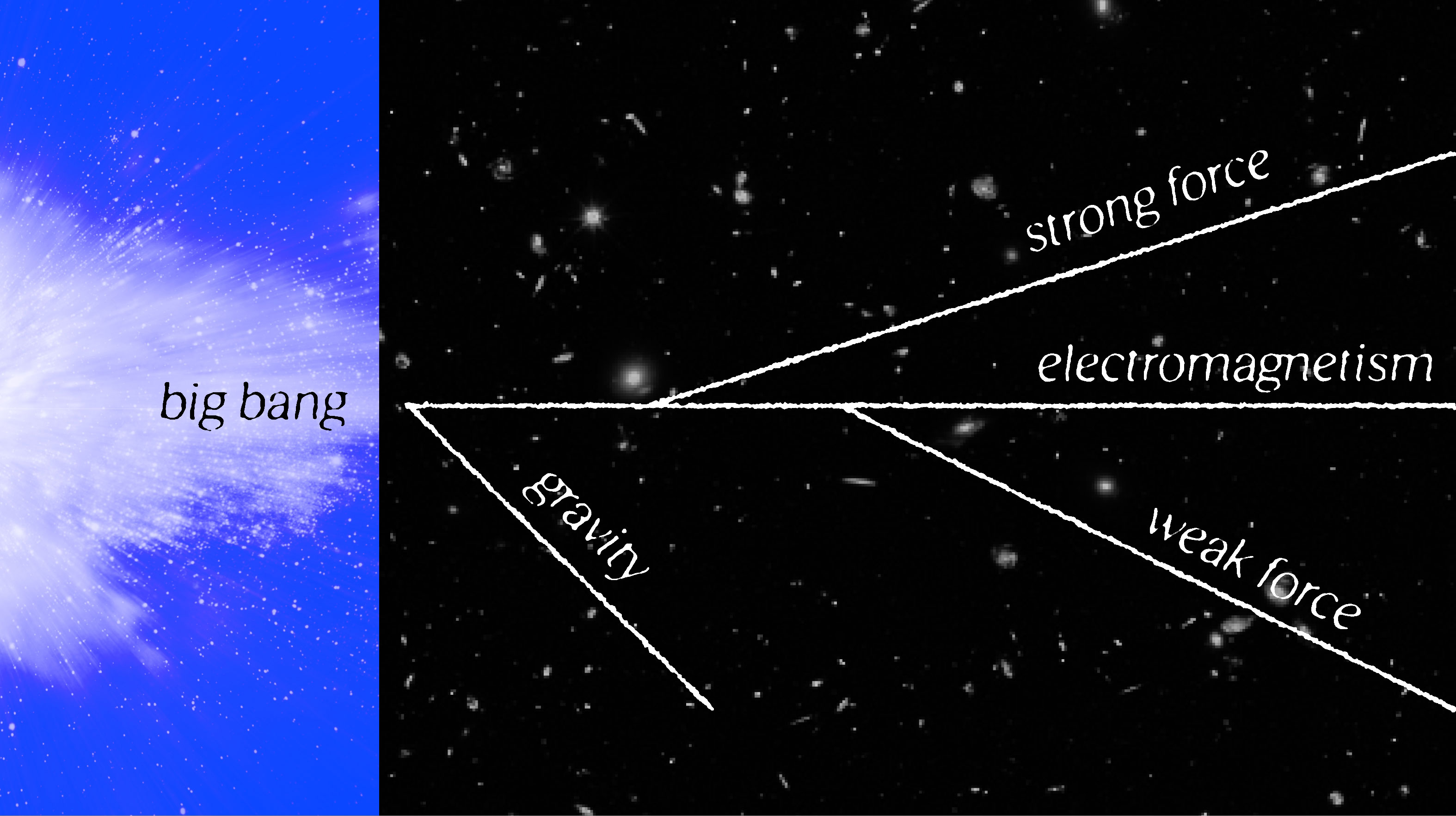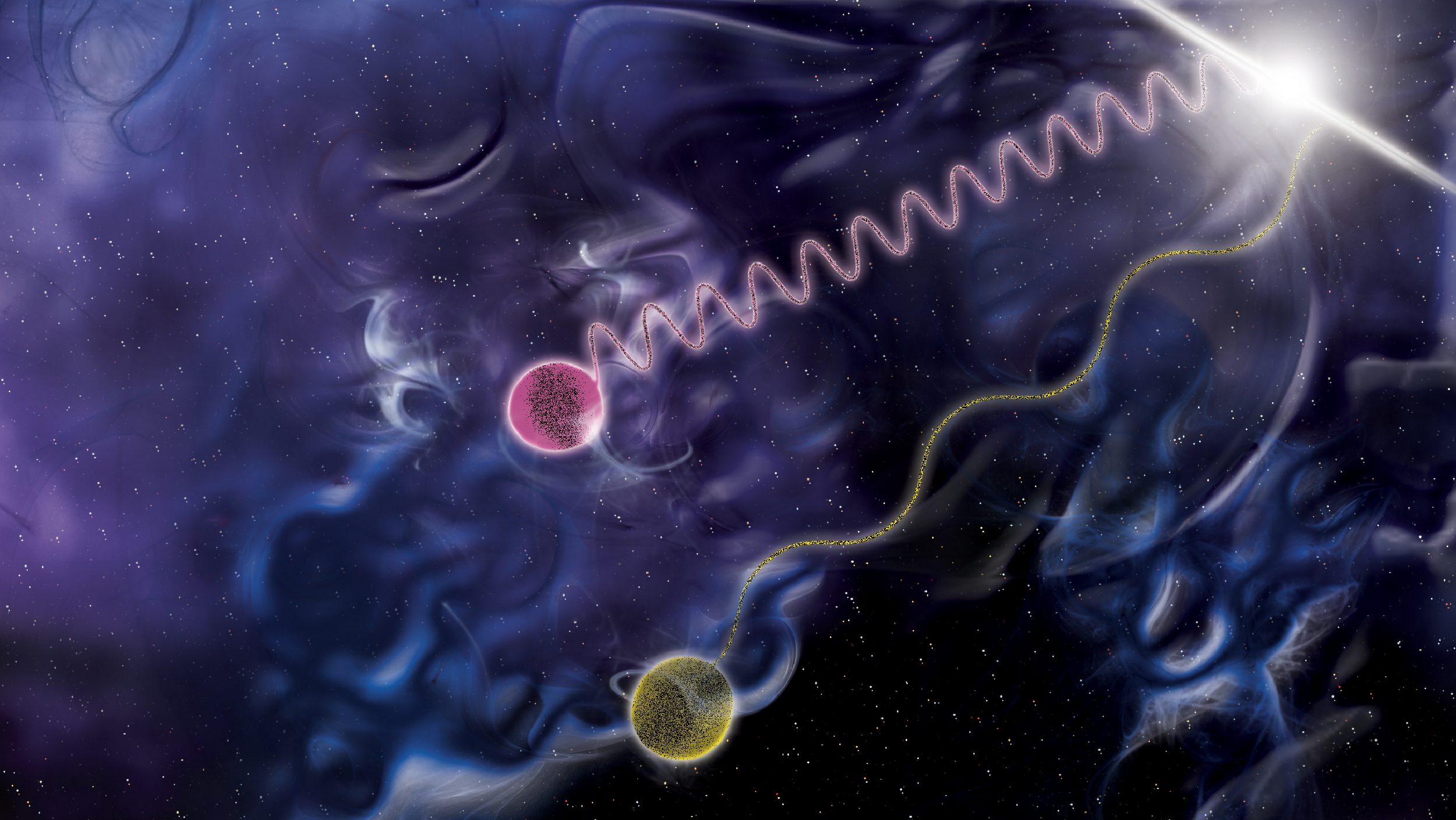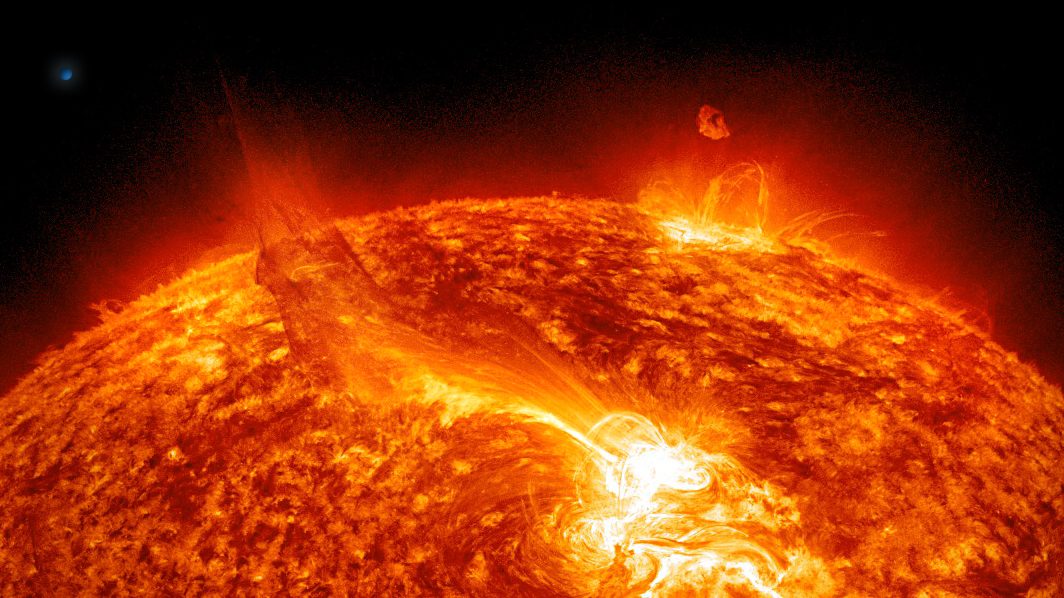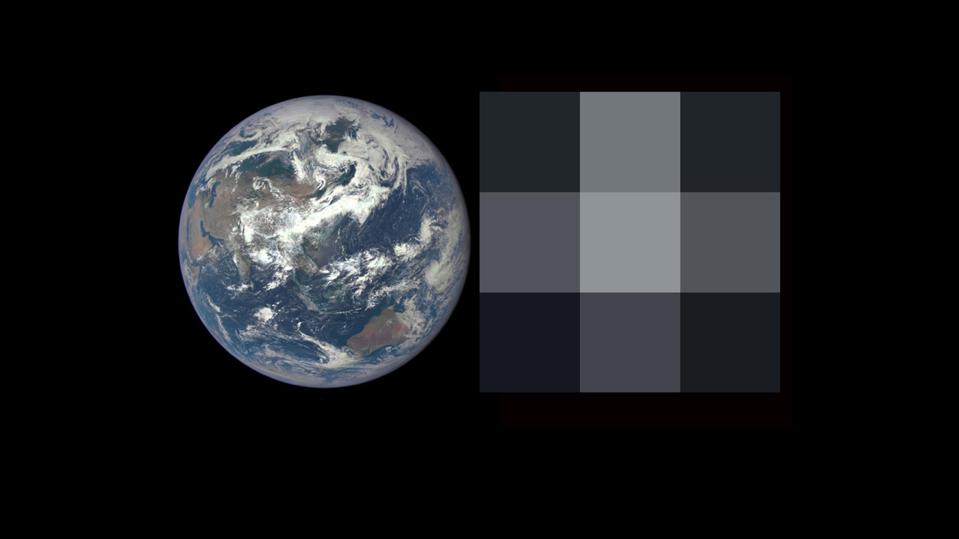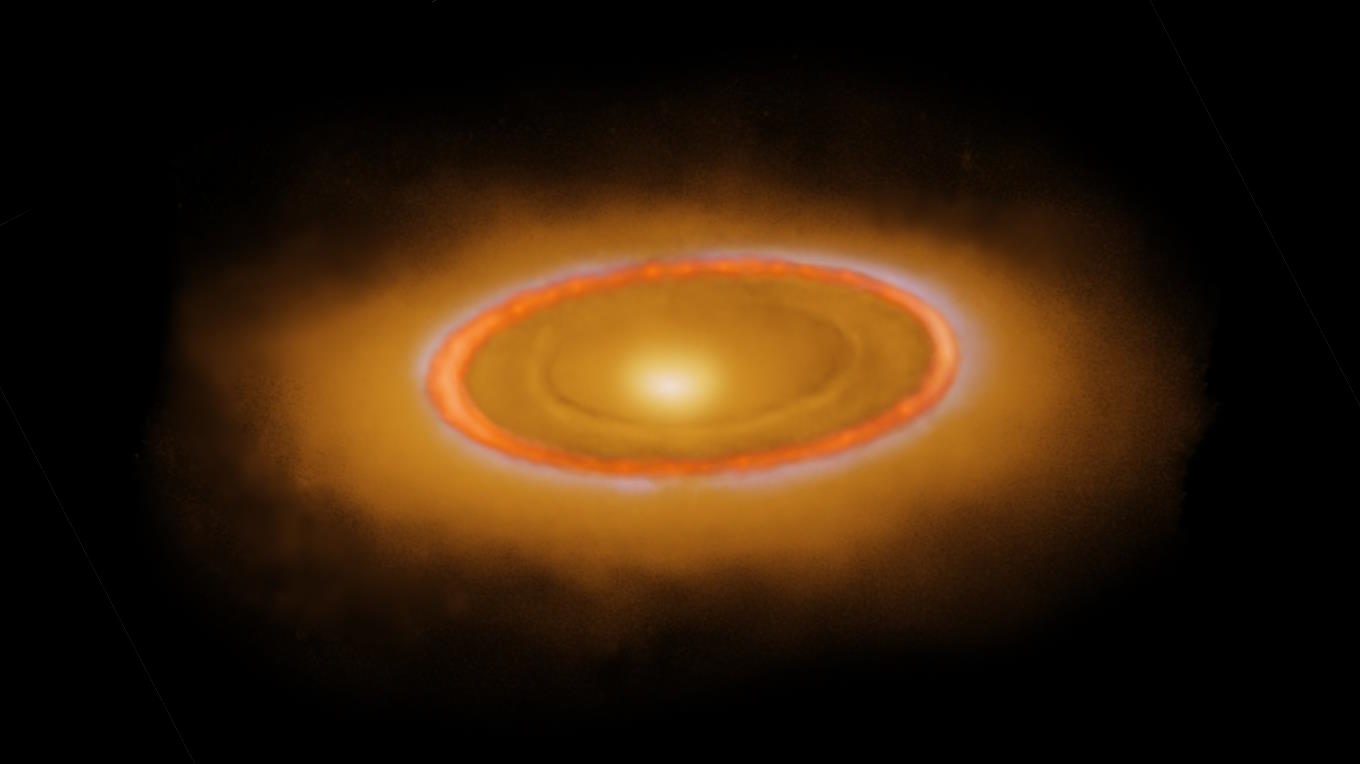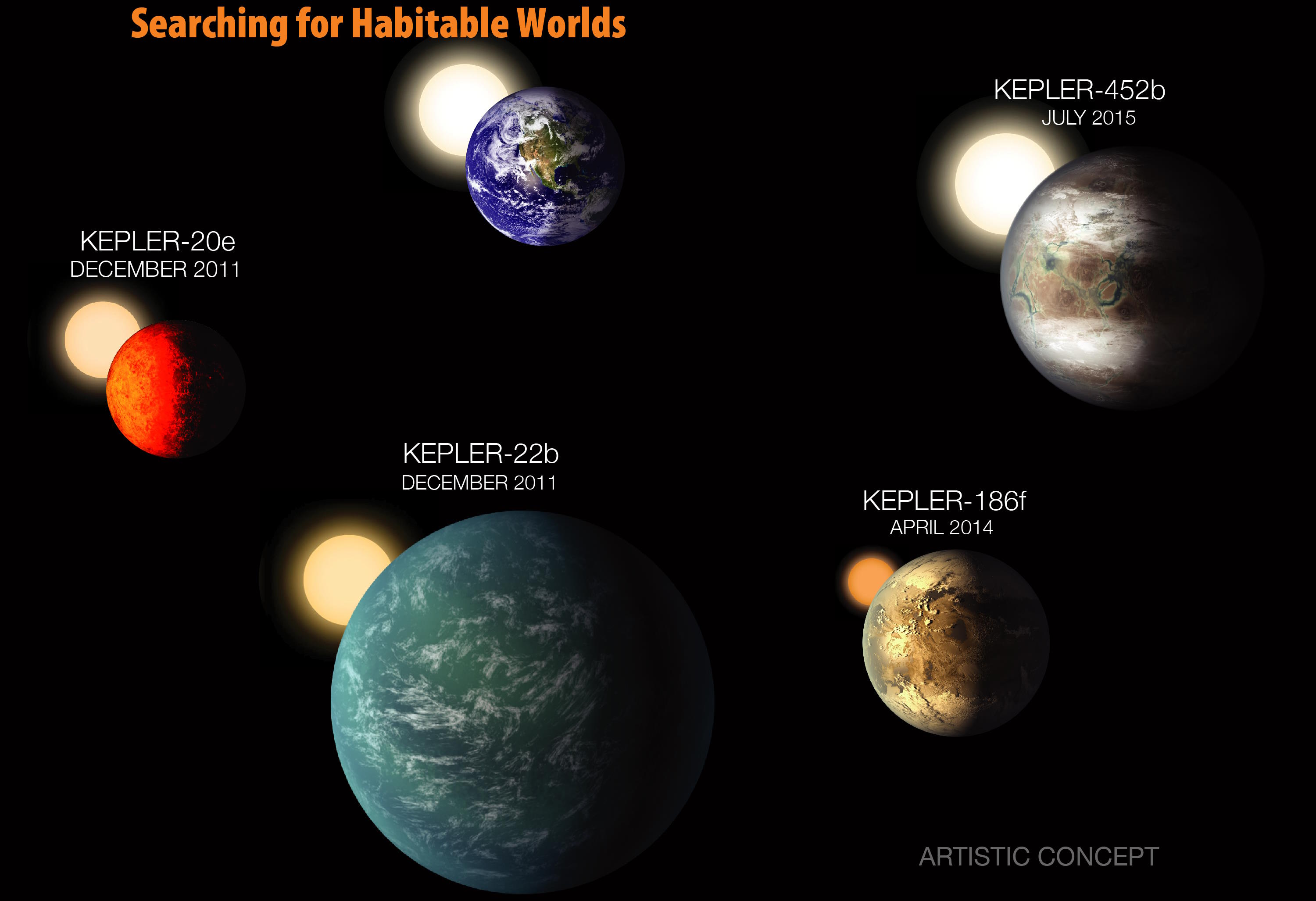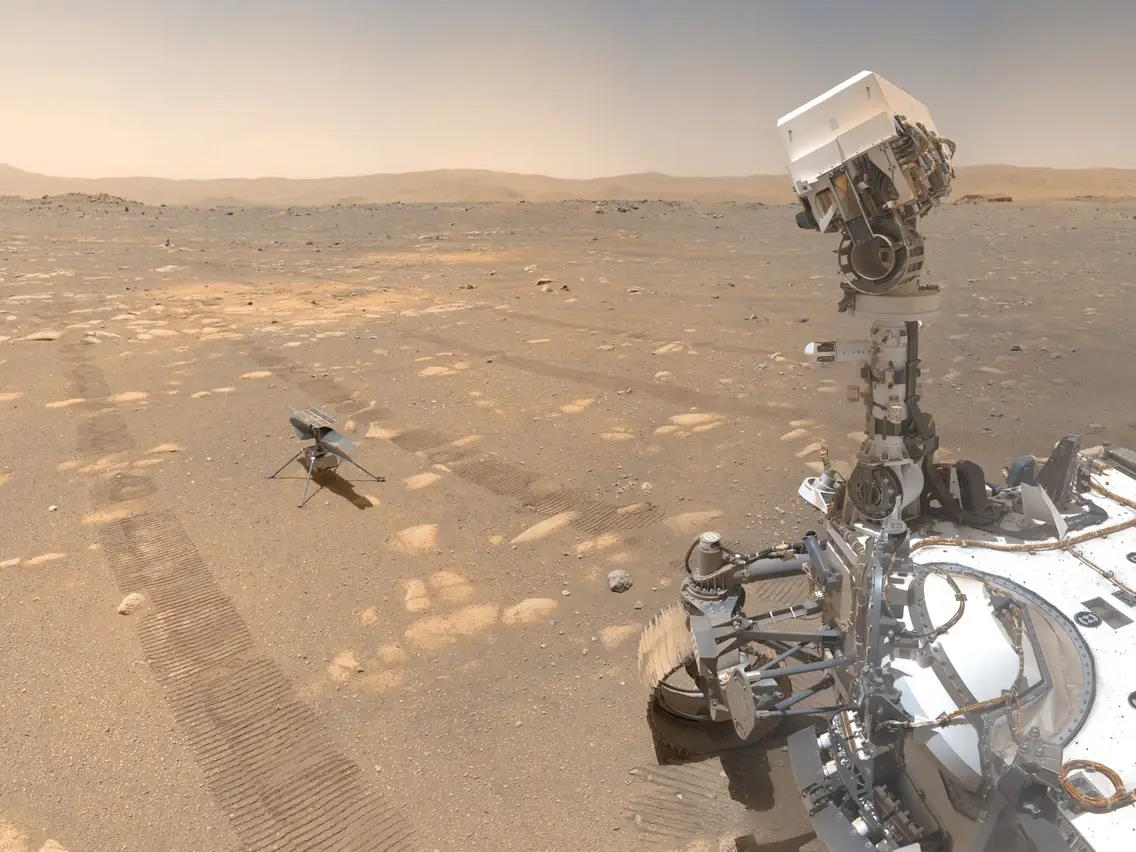Space & Astrophysics
There are two methods to measure the expansion rate of the Universe. The results do not agree with each other, and this is a big problem.
In 1974, Hawking showed that black holes aren’t stable, but emit radiation and decay. Nearly 50 years later, it isn’t just for black holes.
And why you, a non-expert, should absolutely not consider “explaining what you know” to an actual expert in the field.
The concept of ‘relativistic mass’ has been around almost as long as relativity has. But is it a reasonable way to make sense of things?
Memorial day is a time to remember veterans killed in the line of service. These spaceflight heroes deserve to be remembered, too.
It’s been 100 years since we discovered that the Universe was expanding. But if it’s expanding, then what is it expanding into?
If our Universe were born a little differently, there wouldn’t have been any planets, stars, galaxies, or chemically interesting reactions.
Perhaps the whole Universe is the result of a vacuum fluctuation, originating from what we could call quantum nothingness.
“Superhabitable” planets might be real, but Earth is probably as good as it gets.
Across all wavelengths of light, the Sun is brighter than the Moon. Until we went to the highest energies and saw a gamma-ray surprise.
Does humanity have a moral imperative to seed life on lifeless worlds? And should we avoid colonizing a planet if life already exists there?
Einstein’s most famous equation is E = mc², which describes the rest mass energy inherent to particles. But motion matters for energy, too.
A surprising JWST discovery around Fomalhaut has a different, superior explanation: not a great dust cloud, but a mere background object.
The classic picture of Jupiter’s great rocky core might be entirely wrong.
Massive objects like black holes, stars, and rogue planets routinely pass near our Solar System. An ensuing comet storm could destroy us.
There may be a symmetrical interdependence between order and chaos.
When the Universe was first born, the ingredients necessary for life were nowhere to be found. Only our “lucky stars” enabled our existence.
We can reasonably say that we understand the history of the Universe within one-trillionth of a second after the Big Bang. That’s not good enough.
Some say that the Sun is a green-yellow color, but our human eyes see it as white, or yellow-to-red during sunset. What color is it really?
Archaeologists can learn how societies lived by studying what they left behind when they died. Astronomers are doing much the same thing.
Yes, “the laws of physics break down” at singularities. But something really weird must have happened for black holes to not possess them.
A new, unexpected brightening, just 3 years after a massive dimming event, has astronomers watching Betelgeuse. Is a supernova imminent?
The odds are slim, but the consequences would be literally world-ending. There really is a chance of a black hole devouring the Earth.
The problem of the electroweak horizon haunts the standard model of cosmology and beckons us to ask how deep a rethink the model may need.
Contrary to common experience, not everything needs a medium to travel through. Overcoming that assumption removes the need for an aether.
Recasting the iconic Carrington Event as just one of many superstorms in Earth’s past, scientists reveal the potential for even more massive eruptions from the sun.
Back in 1990, we hadn’t discovered a single planet outside of our Solar System. Here are 10 facts that would’ve surprised every astronomer.
The nearby, bright star Fomalhaut had the first optically imaged planetary candidate. Using JWST’s eyes, astronomers found so much more.
They’re the most common type of exoplanet known today, and many astronomers have called them “super-habitable.” None of that is true.
Mars, the red planet, was a world we knew almost nothing about until our first spacecraft visited it. In just ~50 years, how far we’ve come!
